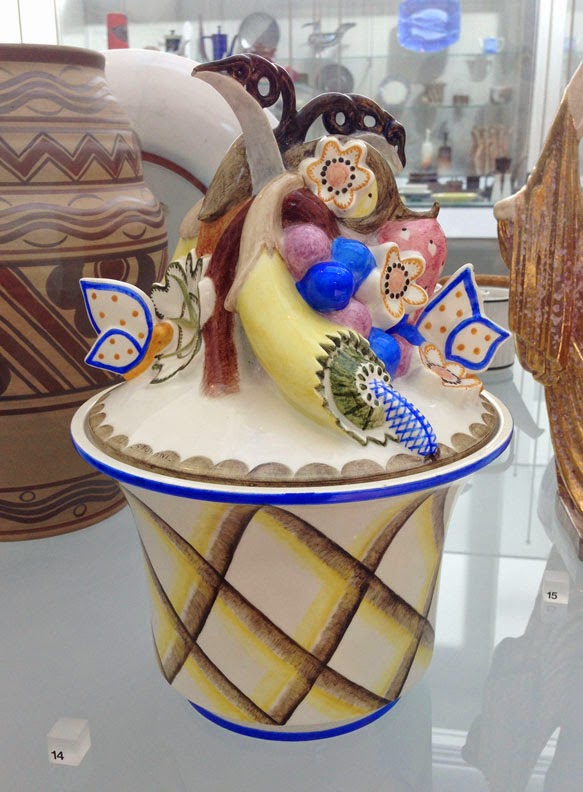Hans Bolek (designer)
Jardinière
circa 1915
Of the few but distinctive decorative styles inherent to the great name of Loetz, this glass bowl epitomises that of Josef Hoffmann’s former pupil, Bolek, and of how it drew a particularly close affinity with the contemporary workings of the Wiener Werkstätte. Though not officially a member of the workshop(s), Bolek channelled much of his designs’ power upon elements of shape and colour, the latter of which fit in well with the visual aesthetics of both the workshop(s) and the Loetz studio. This jardinière, for example, showcases the perfectly balanced leeway between Bolek’s iconic heart-shaped (or ‘cordate’) leaf assemblage and the play of bright blue glass layered with the typically frosted look of 'Loetz' glass. Incorporated into the two friezes lining the top and bottom levels of the bowl, there occurs a marriage of styles favoured by the independent artist, the studio and indeed the Viennese workshop(s), and which reflects even further from fellow designer Michael Powolny the influence of the popularised articulation of bold vertical lines running the course of glass creations so as to emphasise the naturally lucid, flowing form of the material itself. In fact, for its size, this bowl exudes a concentration of such quality and expertise execution in both subject and form that it is almost surprising to consider how small it actually is.



